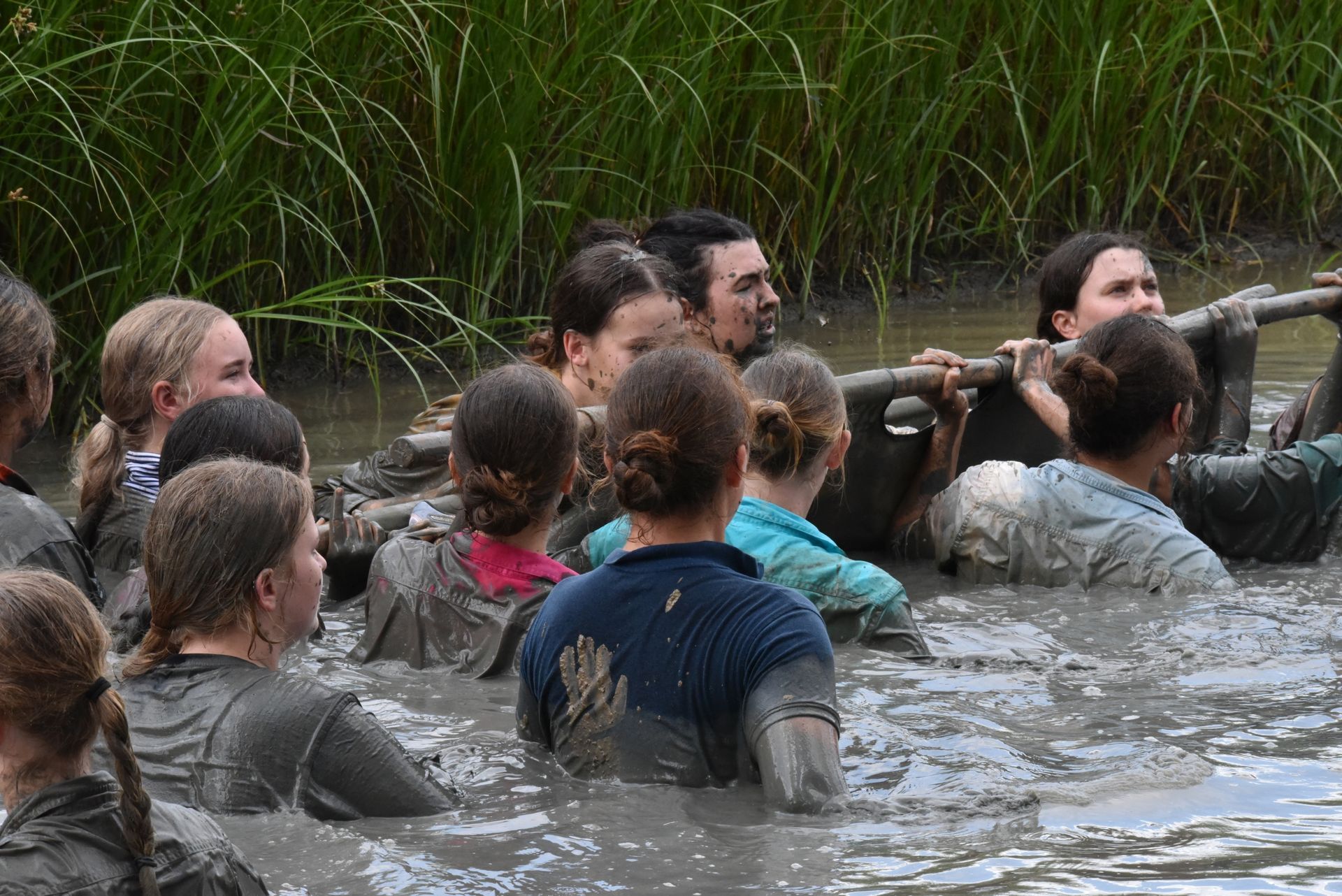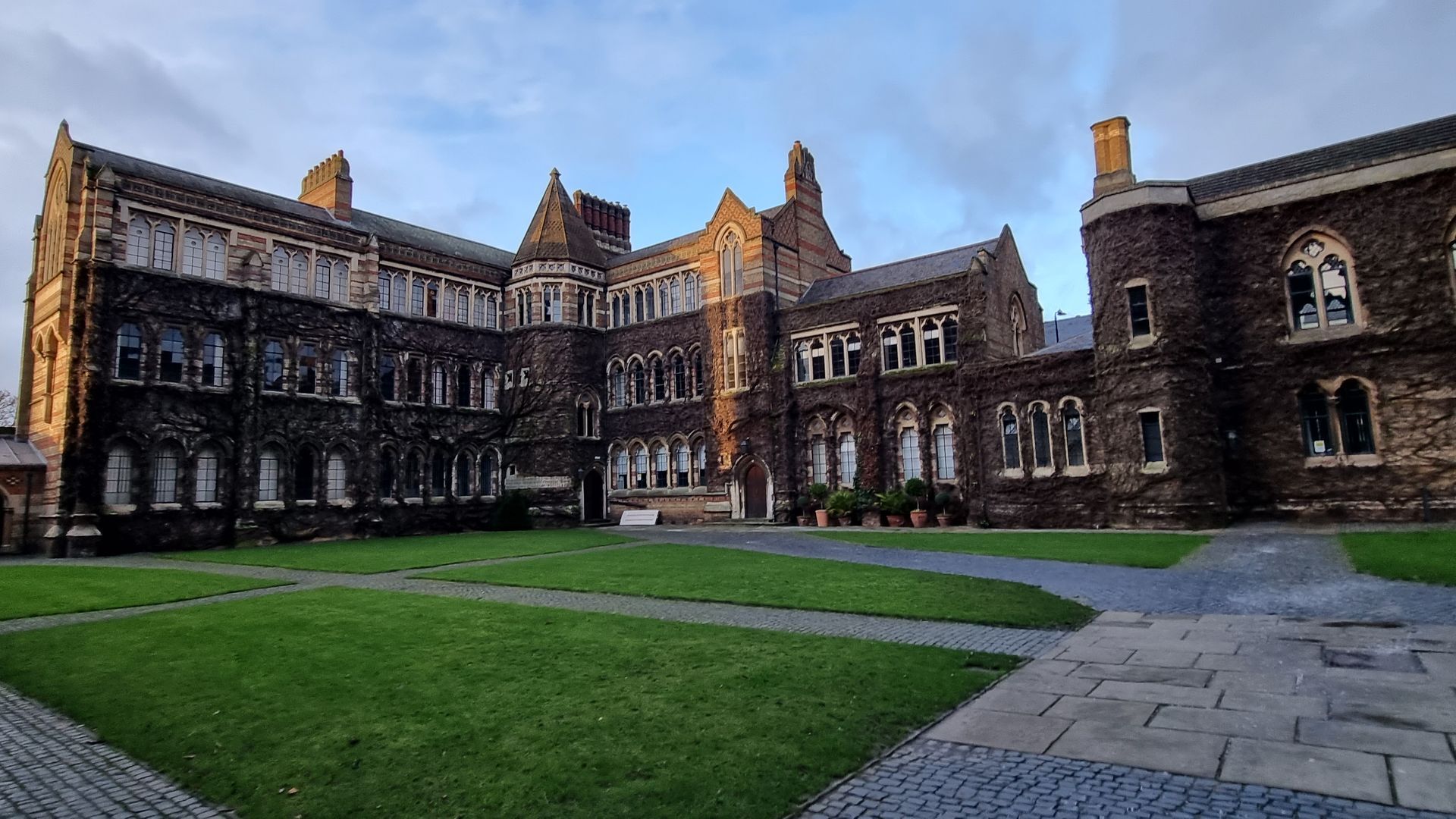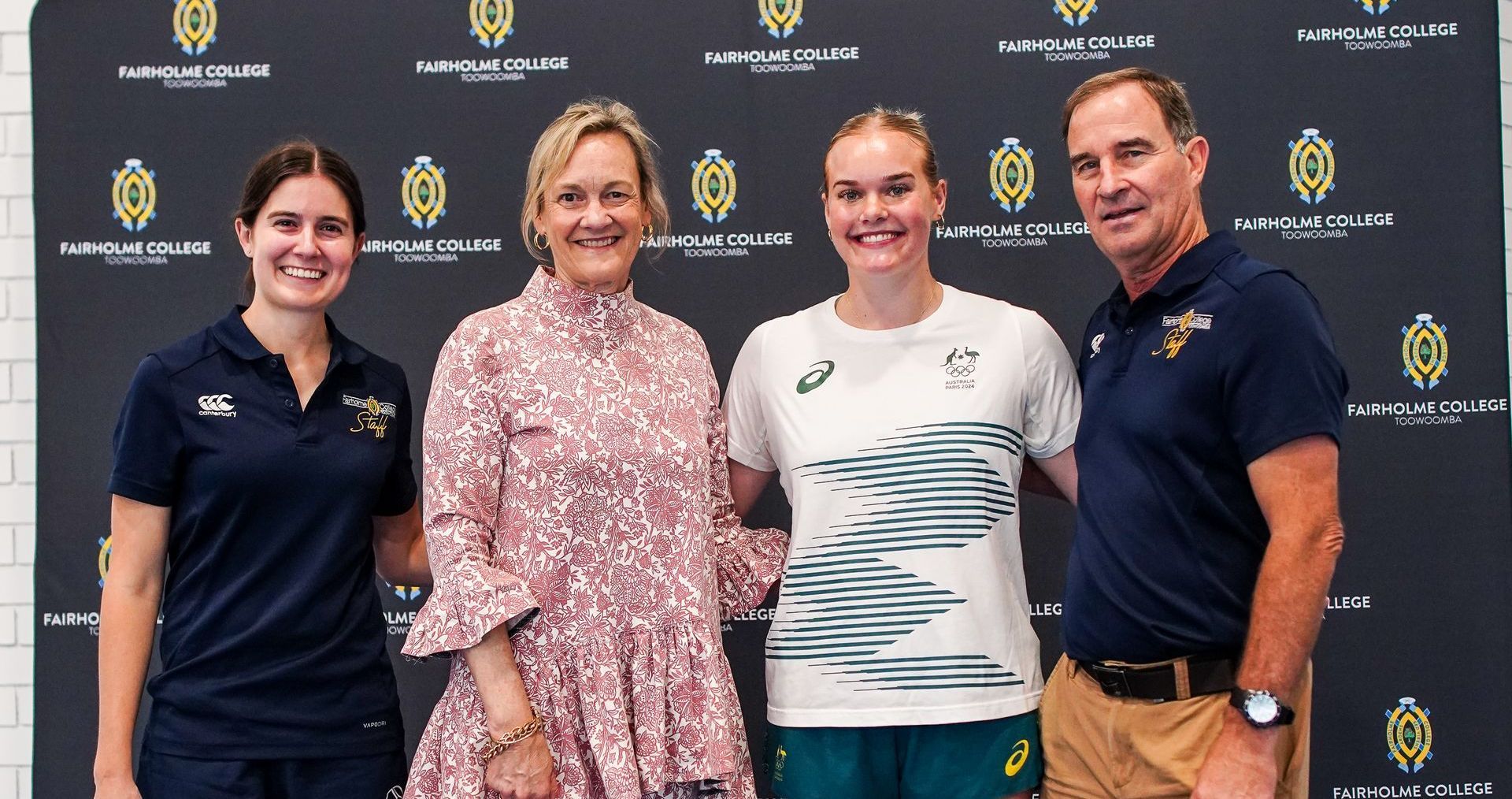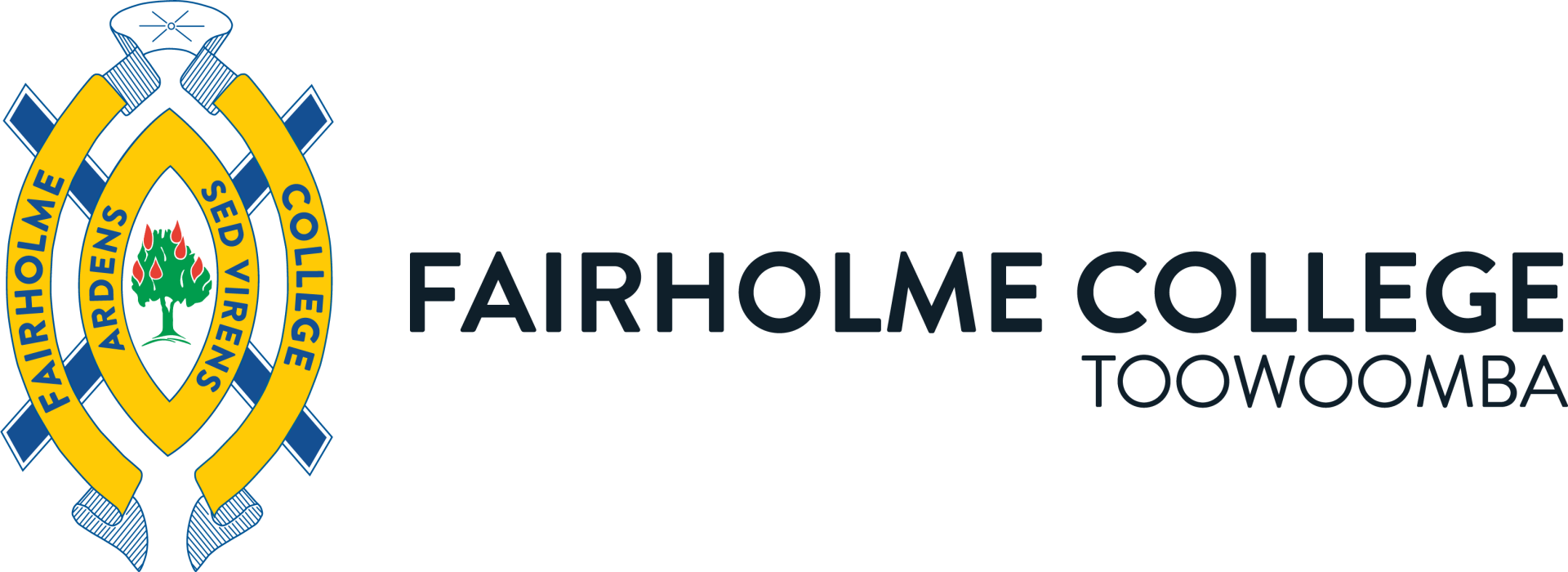On The Power Of Ink-Stained Hands
I was in my early 20s and working at a printery in Milan as an interpreter.
‘…On one particular day, I was invited to take part in the process of printing. Later, I remember sitting on a tram on my way home and looking down at my hands – they were covered in ink that couldn’t easily be removed. In that moment, I knew that I wanted to be an artist, I wanted to work with my hands…’
Emma Davies, (exhibiting artist, Facets Art Exhibition), is a Melbourne-based artist with an established reputation for innovative and creative installations in both the private and commercial sectors
The annual ‘In Conversation’ breakfast that is a foundational aspect of Fairholme’s Facets Art Exhibition again yielded poignant insights into the creative world and the way in which life choices can be discovered. Local artists, David Usher and Katie Whyte, joined a panel with Emma Davies and local gallerist and USQ academic, Alexandra Lawson, for a rich conversation facilitated by Helen Lange. Helen is part of our Publications and Promotions team and herself, an accomplished artist. The lively discussion centred around the positive creative impacts of the COVID lockdown, the role of curators in Art Exhibitions, gallerists in supporting artists and, of great interest to me, the trigger for pursuing a career as an artist. David Usher recounted his first trip to the Art Gallery in Brisbane as a high school student and its profound impact – like Emma, it provided ‘a decisive career moment’ for him.
As I sat listening to the vibrancy and diversity of their stories, I was struck by the impact of one person, one event, one experience – upon their life choices. Whilst I cannot pinpoint my own decision to teach with such clarity, I can recall teachers of note, and I can easily reimagine lessons and discussions that had a similarly profound impact upon me. For the St Peters’ students in the Â鶹ÊÓƵcommunity taught by Mike Selleck in English or Modern History, you may share the same reverence for this teacher who was wise, innovative and unparalleled in his love of his subject areas. I am ever grateful for those precious lessons and whilst they can never be mirrored or replicated, I am hopeful they have informed my own classroom practice – somewhere, somehow – just a little. Careers and life journeys are invariably punctuated by unchartered pathways along with straight, well-lit roads; we are still very much a sum of all those whom we have met and all those experiences that may appear unconnected but invariably are.
Emma’s father was an artist and her mother a fashion designer, so one might sit back and see inevitability in her career choice. But she found her own path, forged her own way and her parents gave her space to do so. Finding ourselves too ATAR-focused or obsessed with the attainment of a specific university course may have merit, but danger lurks powerfully in the practice of scriptwriting set in the stone of expectation. Life does not (or should not) reach its pinnacle heights as a seventeen- or eighteen-year-old. Millions of other experiences, events and people have yet to make their footprint. I love the image of Emma, seated on a tram in Milan, staring down at her print-stained hands and realising her career path for the very first time. It has a romanticism about it, but it also speaks to the need to trust that our children can and will find a path, sometimes the one less travelled. Our hardest job as parents is always the one where we stand on the sideline – the referee has a whistle in hand, not us, and we cannot intervene in the outcome – where we allow our children to take and accept risk.
Robert Howard, in a letter to nudges us to the importance of allowing our children some roaming, deviating and risk-taking in their learning – my children, particularly, seem to have taken advice like this to heart. They have not chosen the linear pathway and that has caused me some deep parental angst but also led them to life-changing opportunities. They teach me over and over again that I cannot write their life script and nor can I expect it to be followed.
We may find that, by not exposing children to risk, we are creating adults with a dangerously false perspective on what liberty is, having had no experience of it. I am convinced it is a right that children with the freedom to roam learn for themselves. (Robert Howard)
For now, on my next tram trip, whenever and wherever that may be, I’ll be seeking out the young woman with ink-stained hands, a smile of promise, and the world unfurling in her direction.
Dr Linda Evans | Principal
Reference
Potter, K. and Howard, R. (2021). The Guardian. 29 April 2021.
More News…
